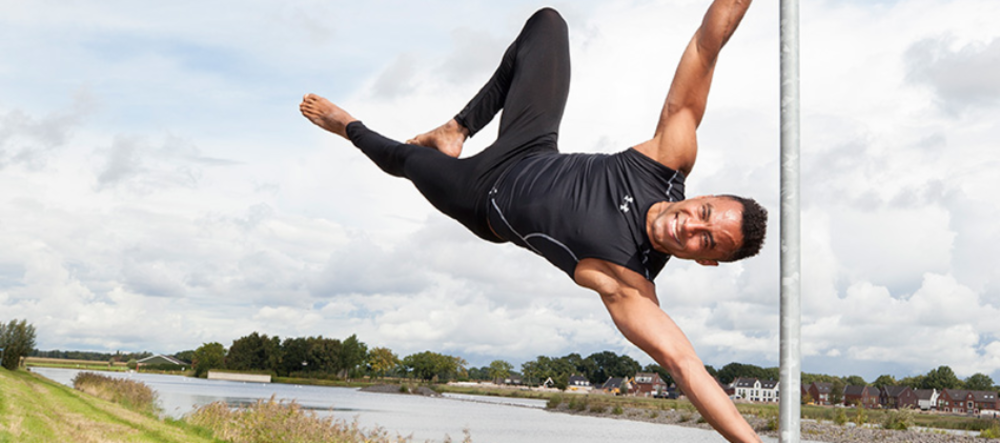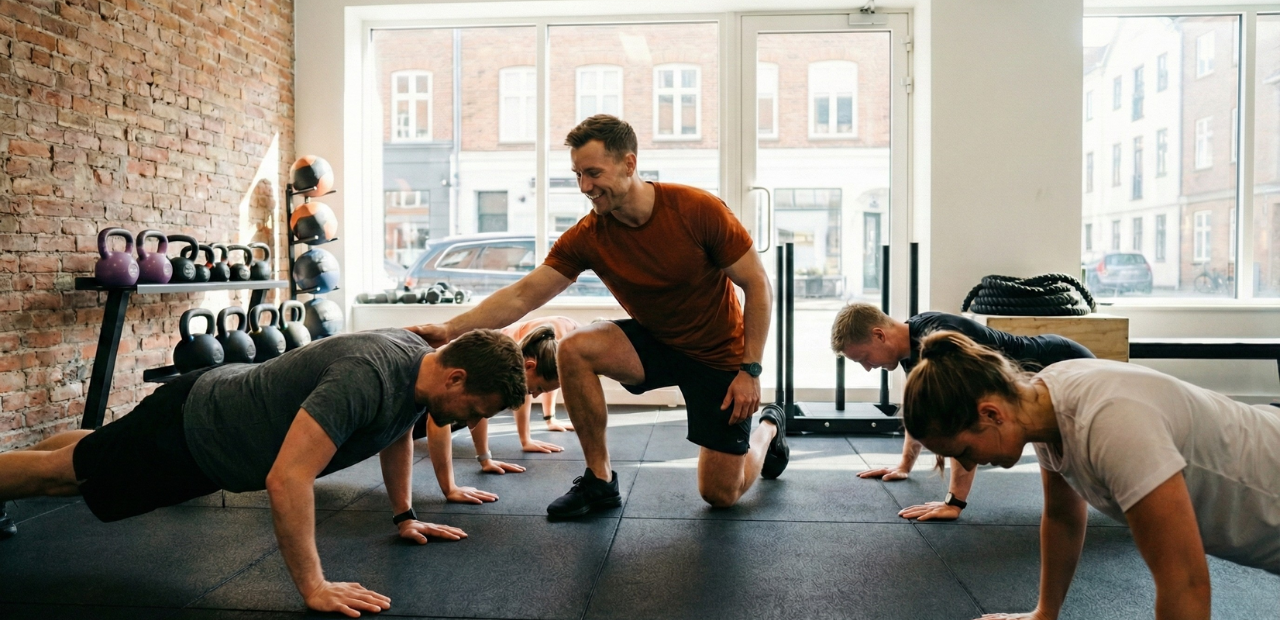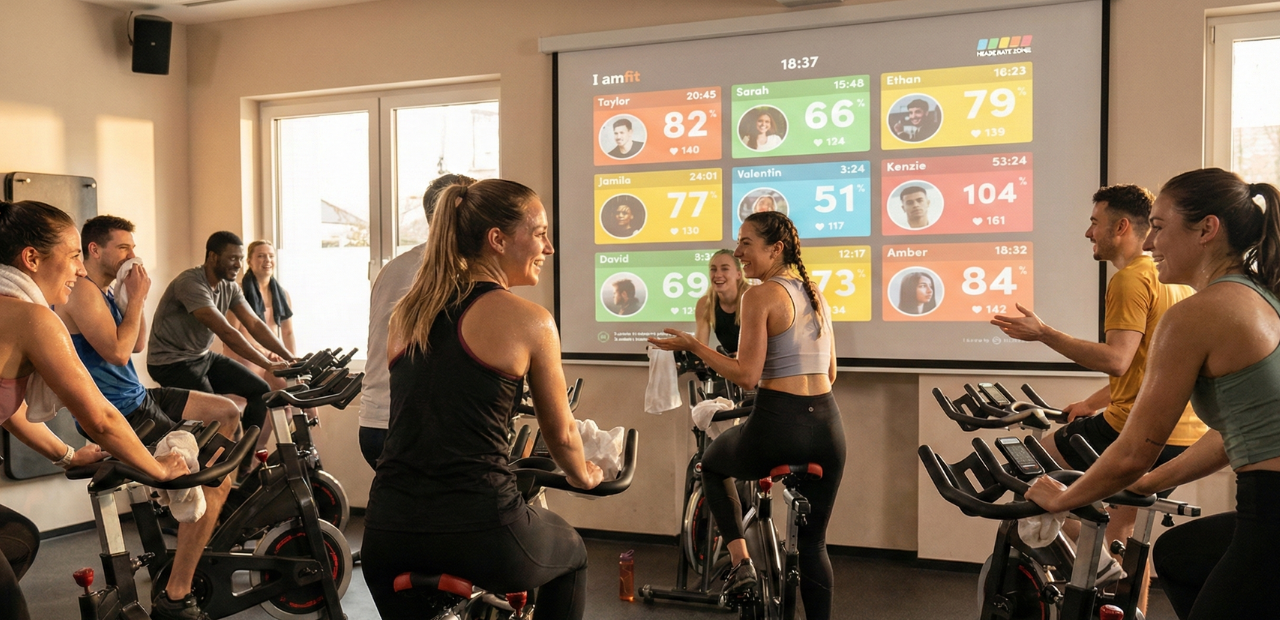So dancing has been your passion for years? Are you ready to take the next step and open your very own dance studio? You’re in the right place. We’ve been working with hundreds of dance studio owners from all over the world for quite some time now.
Our key insight:
Before you can start throwing shapes on the dancefloor, let’s take a step back and check your business model.
How and where to start? Let’s look at frequently asked questions we often hear in our talks with dance studio owners.
Turn your passion into your job: from dancer to dance studio owner
For many people like you, the idea to start a dance studio comes from years of dancing. Opening your own dance studio might seem like a great adventure, but you’re not the only one.
Reality check:
You’re not the only good teacher or first-class choreographer with a passion for dancing. The upside is that not all of them start their own dance studio. It takes guts to take this step.
Many dance studio owners walked this path before you. Absorbing information and learning from others is key. Why make the same mistakes that other people made before you? The question you want to ask a successful dance studio owner is: “What do you wish you had known when you first started your dance studio?”
In Dance Studio Association blog, one successful dance studio owner gave this answer:
“The more I think about it, the more I see that while I could fill my next book with all of the mistakes and learning curves that have come my way since then (and since starting and selling two more businesses) I realize that every BIG thing that I overlooked in the early days falls into five very simple categories: 1. Finance, 2 Planning, 3 Technology, 4 Logistics, and 5 People."
So, that’s 5 key things to keep in mind when opening your studio. In this blog, we’ll touch on all of them!
1. Finance:
How much does it cost to start a dance studio?
According to Entrepreneur Magazine, the startup cost of a dance studio lies between $10,000 and $50,000. With a proper business plan in place, you should have a better indication of what your specific costs will be.
If you don’t have much money on hand, you’ll have to look at how you can fund your business. Some possibilities may include raising investment capital, personal savings or the tried-and-true bank loan.
The largest expenses to plan for when starting up a dance studio is the space itself and utilities. Other expenses are furnishings, equipment, insurance, licensing, marketing. And don’t forget your own salary!
How do I write a dance studio business plan
Passion is not enough to run a successful business. Passion will bring dancers to the place where they want to start their own dance studio. The next step is the business side of things.
A well-written business plan is a crucial element of your dance studio business. It’s a roadmap for how to structure, run, and grow your new business. First things first, you need to figure out all your costs from:
- Marketing
- Website design and upkeep
- Signage
- Location and renting and facility
- Dance studio management software
- Equipment
- Insurance policies
What is the best location for a dance studio?
Choosing the best location for your studio is essential. Choosing a strategic location can save you quite a bit of money in your marketing budget. You’ll want to keep the following things in mind:
- Promixity to other businesses and services
- Accessibility of the area
- Availability of parking spaces
- The volume of foot traffic in the area
- Do your potential students live in the area?

Before buying your own place, consider renting out space from larger facilities. A possible way to start is to rent specific time slots. This will help to save you money as you work on growing your business and getting more students.
Do I need a special insurance to start a dance studio?
Yes. You’ll need to find out what local permits or licenses you need before you can get your business up and running. Don’t forget about insurance. Take the time to shop around for quotes to ensure the best possible price. You’ll need to insure your dance studio business in the case that something goes wrong.
With any dancing class, there is the risk of bodily injury to students. And don’t forget about property damage.
Marketing for dance studios: become the cool kid in town
If you’re going to catch the eye of potential students, you’ll need to do some marketing and advertising. Your first steps in marketing include creating a website and social media accounts. Depending on your budget, consider print or email advertising to get the word out. Offering specials and discounts is a wonderful way to attract new students quickly.
> Suggested read: 5 Marketing Tips to Unlock Your Business Potential
2. Planning:
How to plan and schedule dance studio lessons?
Planning can be interpreted in two different ways:
- Planning your growth
- Planning and scheduling your lessons.
Planning and scheduling your dance classes is key. Some business owners use Excel sheets to schedule their classes, some use old-school notes. At Virtuagym we talk with customers on a daily basis who started like this, but soon realized this was not doable. Chaos incoming.
Planning growth for your dance school
Planning growth is all about setting realistic goals for yourself and measure how it works out. This could be goals in terms of students, revenue, retention, conversion or anything else that you can measure.
A studio business owner mentions on a blog on the Dance Studio Association that planning is something you should trial and error to find out what works best for you:
“When I first started my studio I used to make 12-month plans, but now that I know better, I am a huge fan of 90 Day Planning for so many reasons. I definitely encourage you to jump on board too. Keep your goals in front of you so that you are seeing every day what you are working towards!”
Planning your dance classes
Most dance studio business owners are no Excel masters or simply can’t be bothered to make endless schedules. Yep, that’s the downside of the business. Many studio owners implement an automatic schedule on their website or some even integrate it an own branded app (which is also cool for your customers).

The image above shows Scheduling software : This allows your clients to sign-in for classes through the app or your website. This means that your clients can book classes 24/7, and studio owners can save hours of time on administration, phone calls, and cancellations.
Antoni Wanders, owner of a popular dance studio with 3 locations says:
“By using a timetable in combination with the application on the smartphone, everyone can plan his or her lesson. This is ideal for us so that the lessons can be optimally occupied. The advantage for members is that they decide when they can come to the lesson and for me, it’s fully automated. Digital schedules are widely implemented in the fitness business and (dance) studio space these days.”

Image: Antoni Wanders
> Suggested read: Class scheduling software takes your studio to the next level
3. Technology
Tech your dance studio up
Tech is becoming widely implemented in dance studios all over the world. In the age of digital, the back-office of your studio involves most likely software. No studio owner wants do spend hours on sending out payments, creating notes with nutrition information or training plans.
There’s software that does this for you. “Investing money in dance studio software is 100% worth it. The time I save, the frustrations I no longer have, the extra possibilities I get now have to engage with my students. I should have done this from the start”, states Wanders.
In this blog, we touched on scheduling software and digital schedules for your dance studio, but that’s not all. There’s plenty of possibilities of how technology can make a difference for your dance studio:
- Want full lessons? Get your classes full with dance class scheduling software Dance class scheduling software with all the needed tools. The integrated credit system, attendance tracking, waiting list features, and mobile booking tool.
- Manage your students and automate payments in Student Management software A flexible student management module that you can tweak to fit your business model. Centrally store all data, from contact information to credit card details.
- Create an online community around your studio Keep your students loyal like a dance studio pro. Send the right message to the right people at the right time in your own dance studio community.
- **Save time and automate payments ** Our automated invoicing module supports all major payment methods. It also connects to other leading payment providers.
Tech is not only useful for you as a dance studio owner, says Wanders:
“The sports that we offer should have a “fun” appearance that keeps the members motivated and makes it easier for them to work towards their goals. The “fun” that we find important is also reflected in our personalised mobile application **.** For example, in our application, we can share various exercises that support the goals of our members.
4. Logistics
Practical things to take into consideration when starting a dance studio
There are a million things that new dance studio owners should take into consideration. Asking yourself these questions have an influence on all that’s going on. Ask yourself things such as:
- Is there adequate parking nearby?
- Is there Wi-fi in my dance facility?
- Is my sound system good enough for the location?
- Is there a security alarm in place?
- Is your schedule useful for your student?
- Is your changing room clean?
- Do I have the right quality mirrors?
New dance studio owners should be well-informed about the various design elements and specifications essential for a dance space.
5. People
In the end, it’s all about dancing
It’s why you want to start a dancing studio, right? Making people dance! People, personal contact, seeing your students making progress, feeling their energy, that’s what it’s all about. Whether you’re opening a ballet studio or a hip hop dance studio. In the end, it’s about people.
Finally, you need a mentor or a support network of like-minded studio owners. People who have been where you are and come out the other side thriving, and happy to share their wisdom with you. People or companies that helped multiple studio owners to run the same marathon that you’re currently doing.
Running a dance studio is like no other business on earth, so having a group of studio owners in your corner to both cheer you on and keep you grounded is the #1 thing that will get you through the challenges ahead without burning out.
If you follow the above, implement as much as possible, you’re ready to conquer the world of dancing
A final tip
Even when your students are not around, you can engage with them. It’s about people to people’s experiences. Sending them email updates, share personal dance training plans or nutrition plans within online platforms or digital communities. Engagement doesn’t stop when your students leave your dance studio.



